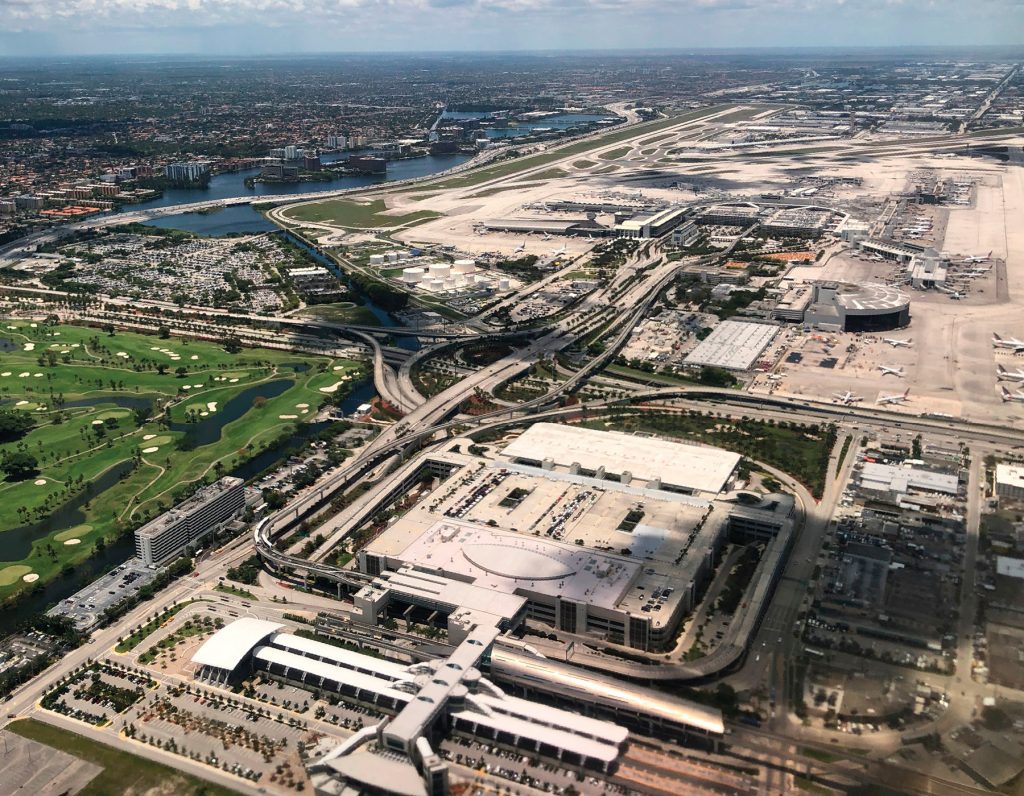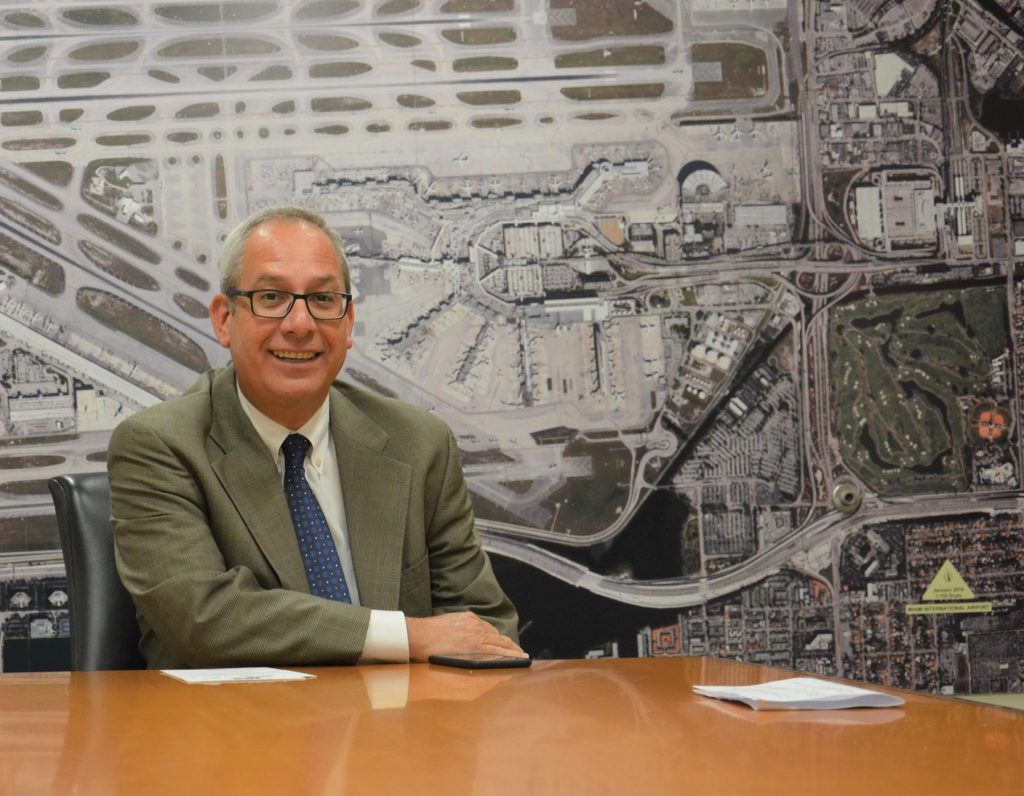Language
You can read the magazine in one of the following languages
Geolocation
You can read the global content or the content from your region

For many people, airports are gateways to the skies and faraway lands. What may not be so obvious in the rush to check in and board is that airports of all sizes, from international terminals to smaller regional bases, are also major employment hubs and important economic powerhouses.
In Miami-Dade County, the number one economic engine is the Miami International Airport (MIA). Up to 330,000 people make up the team that keeps Miami Airport flying smoothly; in excess of 30,000 people work at the airport on a daily basis. Since its foundation in 1928, MIA has grown to become the third busiest in terms of international passengers. For its size, MIA generates a whopping US$31.9 billion business revenue per year.
We had to focus on what the pandemic had changed for us in terms of our needs.
In 2019, 46 million passengers – up by a million over 2018 – passed through MIA’s halls and terminals, a level of traffic that prompted the airport’s management to expand its capacity. Then-CEO and Director Lester Sola oversaw a US$5 billion capital program that was set to increase capacity, improve cargo operations and build two new hotels.
“For me, it was important to serve in a leadership role for such an important economic generator for this community,” he says. “The responsibility that comes with something like that is very difficult to ignore and something I was very attracted to.”
But then 2020 arrived, and with it came the COVID-19 pandemic. Air travel around the world ground to a halt as social distancing and lockdowns caused travel plans to be jettisoned. The road back was unclear, but MIA’s long-term plans for capital improvements and investments remained in place.
 “The program is still US$5 billion, but we had to focus on what the pandemic had changed for us in terms of our needs,” Lester says. “We have to be able to adapt to those needs.”
“The program is still US$5 billion, but we had to focus on what the pandemic had changed for us in terms of our needs,” Lester says. “We have to be able to adapt to those needs.”
Creating extra capacity that may never have seen use was a risk, especially in the tight economic times experienced around the world during COVID’s first wave. What quickly became apparent during those uncertain months was that cargo was an unshakeable component of the airport’s business.
Sitting as it does atop the US airport ladder for international freight (and third for combined freight and mail), MIA’s laurels are big enough to rest on. Nevertheless, the airport management took the opportunity during COVID to increase cargo capacity and introduce contactless technology throughout operations.
Our mission is not just to be happy with the routes we have; we’re always looking to expand.
When restrictions began to ease, domestic travel bounced back. “We’ve always had a healthy 50–50 balance of domestic and international passengers, but international is dragging behind,” Lester says. “Once vaccine rollouts in Latin America and the Caribbean pick up, we think that recovery will follow, but more into 2022 than 2021.”
Florida, and Miami in particular, is one of the most popular domestic vacation choices in the US; it’s also a strong destination for second homes or, during COVID, second home offices. “Just as it’s been very difficult for us to bring back international travellers, the domestic traveller has really grown much quicker,” Lester says. “People are choosing to spend time here because of the climate and the cultural diversity in the community. This year has really allowed us to expand in terms of domestic travel, and it’s been a great success.”
While international travel recovers around the world, often in tandem with vaccination rates, MIA endures on the back of its cargo and domestic traffic. The international pause has given it breathing room to improve efficiency, something Lester believes will keep the airport competitive.
 “We have to maintain costs,” he says. “Airports are a very competitive business; we’re always trying to establish new routes and attract new airlines. In fact, one of our biggest cost issues coming up is how costly it’s going to be for an airline to choose to fly into Miami International versus any other airport in south-east US.”
“We have to maintain costs,” he says. “Airports are a very competitive business; we’re always trying to establish new routes and attract new airlines. In fact, one of our biggest cost issues coming up is how costly it’s going to be for an airline to choose to fly into Miami International versus any other airport in south-east US.”
In response, MIA has taken what Lester calls “aggressive measures” to mitigate that cost. “Even during the pandemic, we were able to keep that cost at 2019 rates,” he says. “The healthy cash position we’re in will allow us to stay competitive into the future.”
It’s the kind of undaunted approach Lester believes sends a strong message to potential passengers and partners alike. “We’re open for business,” he says. “We’re never satisfied. We’re always pursuing new routes. Our mission is not just to be happy with the routes we have; we’re always looking to expand.”